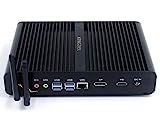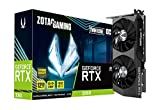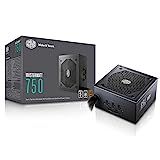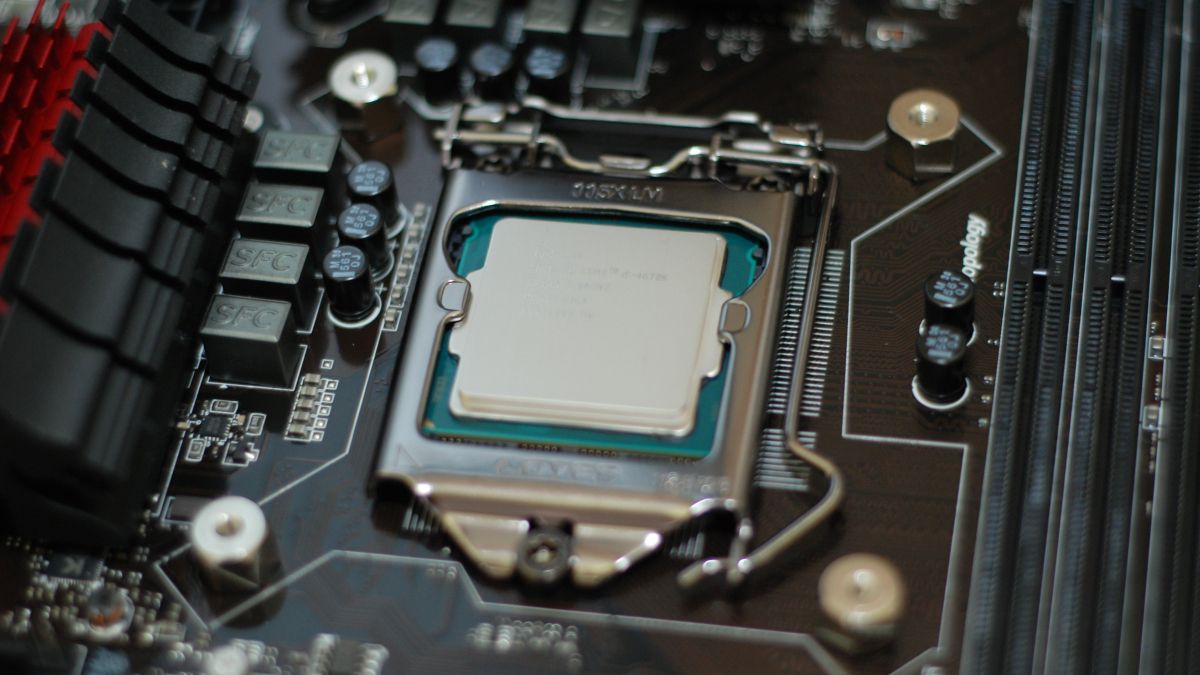Quick Links
Key Takeaways
Fanless PCs are possible, but they need extra attention to detail in the planning phase to make sure the PC can stay cool. After building one, regular cleaning and temperature monitoring are both critical for a fanless PC's health.
If you've seen gaming PCs, you may have noticed the monstrous number of fans these systems use to keep things cool, but what if you went the other way? Can you build a PC that has no fans at all?
How Practical Is a Fanless PC?
A fanless PC can offer several benefits, such as reduced noise levels and improved reliability. Without fans, there are no moving parts that can fail or generate noise, which can make the PC more durable and quiet. This can be especially beneficial if you value silence, which you might if you work in a home office or use your PC for media consumption.
However, a fanless PC may not be practical for everyone. Because fans are typically used to cool components such as the CPU and GPU, a fanless PC may be more prone to overheating, which can lead to reduced performance and potentially cause damage to the components. This can be especially true if you use the PC for demanding tasks such as gaming or video editing, which can generate lots of heat.
Additionally, a fanless PC may be more expensive to build than a traditional PC, as fanless components can be more expensive than their counterparts with fans. This is largely due to the massive copper heatsinks required to compensate for the lack of active cooling. That extra cost makes a fanless PC less practical when you're on a tight budget.
However, building a fanless desktop PC also brings several technical challenges. The most significant challenge is ensuring that the PC's components do not overheat. Without fans to provide active cooling, the components of a fanless PC must be carefully selected and properly installed to ensure that they do not exceed their maximum operating temperatures. Building a fanless PC can be more difficult than building a traditional PC because it requires careful planning and attention to detail to ensure that all components fit together properly and function as intended.

KINGDEL NC860 Fanless Mini PC
With more than enough power to act as a media center or productivity computer, the compact and fanless Kingdel NC860 offers a unique fanless design.
A Fanless Desktop PC Needs the Right Components
When building a fanless desktop PC, it is important that you carefully choose the components to ensure that they're compatible with a fanless setup and can operate without overheating.
First and foremost, the CPU and GPU should be selected with care when you're shopping for parts. Both of these components generate a significant amount of heat, and it is essential to choose low-power models designed to operate without a fan. Intel and AMD both offer a range of fanless CPU options, and there are also several fanless GPU options available from companies such as NVIDIA and AMD.
In addition to the CPU and GPU, other components such as the motherboard, power supply, and storage drives you should also choose with care. It's important to ensure that these components are compatible with the fanless CPU and GPU, and that they can operate without overheating. For example, choosing a low-power motherboard and power supply can help to reduce overall heat output and improve the reliability of the system. Motherboards designed to work with fanless systems may have large interconnected heatsinks that connect hot components on the board to passive heatsinks.
Finally, it's important to consider which case is right for the components. You want a fanless case that provides ample ventilation to allow for passive cooling of the components. Ideally, the case will have ventilation holes, mesh panels, and/or special quiet fans that are positioned to draw cool air into the case and exhaust hot air out.

ZOTAC GeForce RTX 3060 Twin Edge OC 12GB
Zotac's Freeze Fan Stop feature stops the GPU fan under low loads or when idle. So you don't have to worry about hearing your GPU while watching movies or creating spreadsheets.
Fanless PCs Also Need Special Maintenance
A fanless PC requires the same basic maintenance as a traditional PC, with a few additional considerations.
First and foremost, keeping the fanless PC clean is critical. This means regularly dusting the interior and exterior of the case to prevent the build-up of dust and debris, which can block ventilation and cause overheating. It's also important to clean the heatsinks and other cooling devices, as these are essential for keeping the components cool in a fanless setup.
In addition to cleaning the PC, it's also important to check the temperature of the GPU, CPU, and other components regularly. A fanless PC may be more prone to overheating than a traditional PC, so you can't overlook monitoring the temperatures to ensure that the components operate within safe limits. You can do this using a temperature monitoring utility or software like NVIDIA GeForce Experience or AMD Radeon. You can also invest in a laser thermometer to spot-check components and ensure they're not getting too hot.

Etekcity Infrared Thermometer
Affordable and effective, this simple infrared thermometer makes it simple to get a quick idea of what your PC components are cooking. Hopefully not themselves.
Not Everything Has to Be Fanless
In a "fanless" PC, not every component needs to be fanless. While a fanless CPU and GPU can help to reduce overall noise and improve reliability, other components, such as storage drives and power supplies, may not necessarily need to be fanless.
Given that some components, such as the PSU or case fan controllers, can stop fans completely at idle or low loads. So your PC should only make noise under heavier loads, and even then should be quieter than a regular computer where all components have fans.

Cooler Master MasterWatt Semi-fanless Power Supply
This modular power supply won't kick in its fan as long as it's under 15% load. Then when you want the full might of that 750W power reserve, the PSU gets the cooling it needs for gaming or heavy workloads.
Who Should Consider a Fanless PC?
The main reason to build a fanless computer is to have a system that doesn't make any noise. Several types of computer users need that feature, such as audiologists and recording studio engineers.
Then some people simply want to reduce the amount of noise their computer makes. Reducing the number of fans to makes a "less fans" computer rather than a true fanless system is still a big step forward.
The latest generation of video game consoles are practically silent even under load, so it's possible to use large, low-rpm fans or technologies such as water cooling to make computers inaudible. Especially if you place the computer further away from you than usual. Sound volume drops quickly with distance, so if you remove some fans, switch to quite fans, consider a sound-dampening case, and put the computer further away from your ears, you can achieve near silence without the complexity of total fanlessness.

2022 Apple MacBook Air Laptop with M2 chip
Apple's second-generation Apple Silicon MacBook Air has no fans and makes no noise, but comes with all-day battery life and oodles of CPU and GPU performance for every day users.

